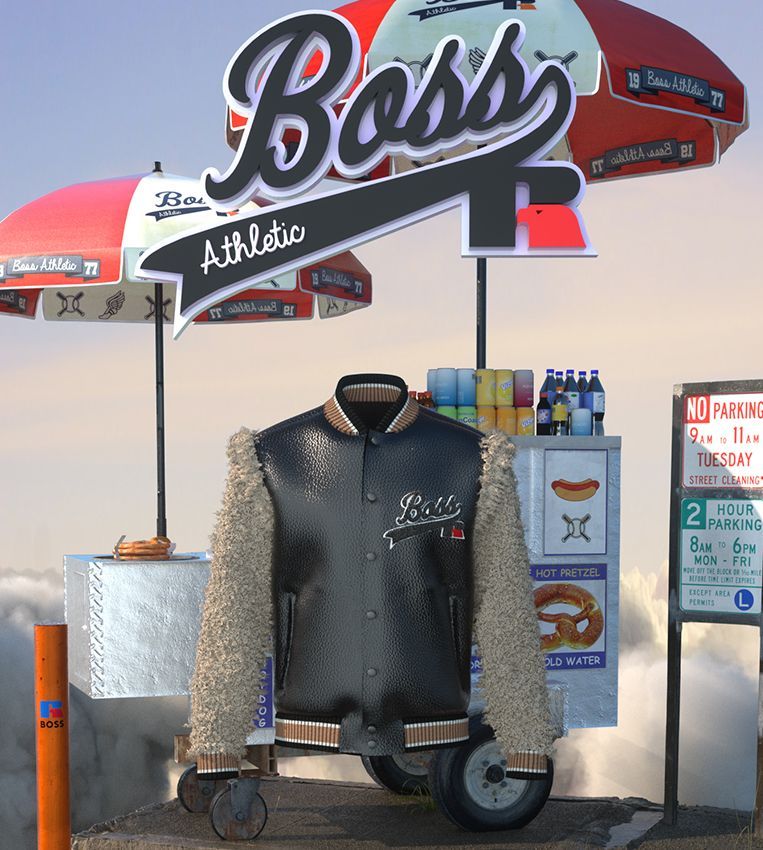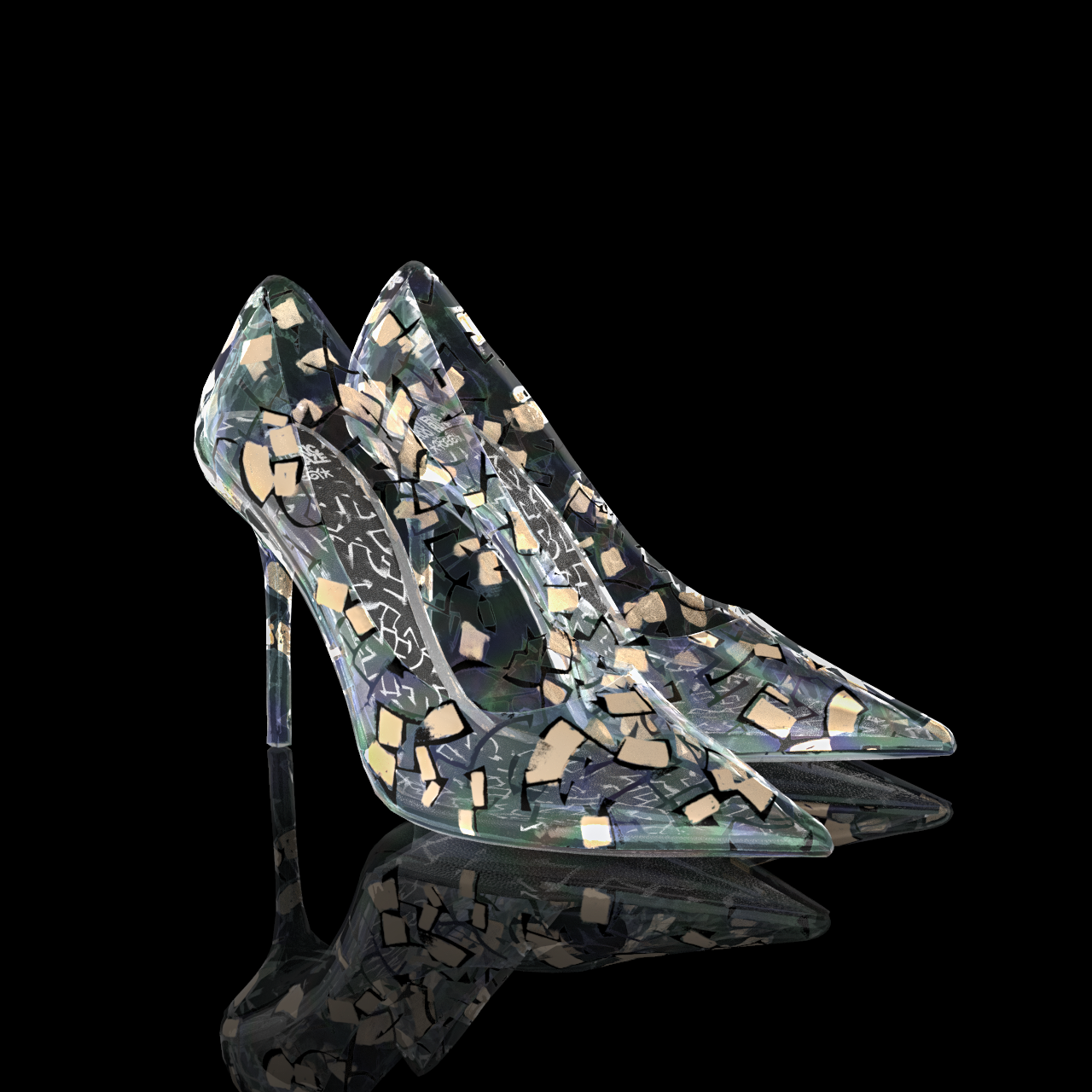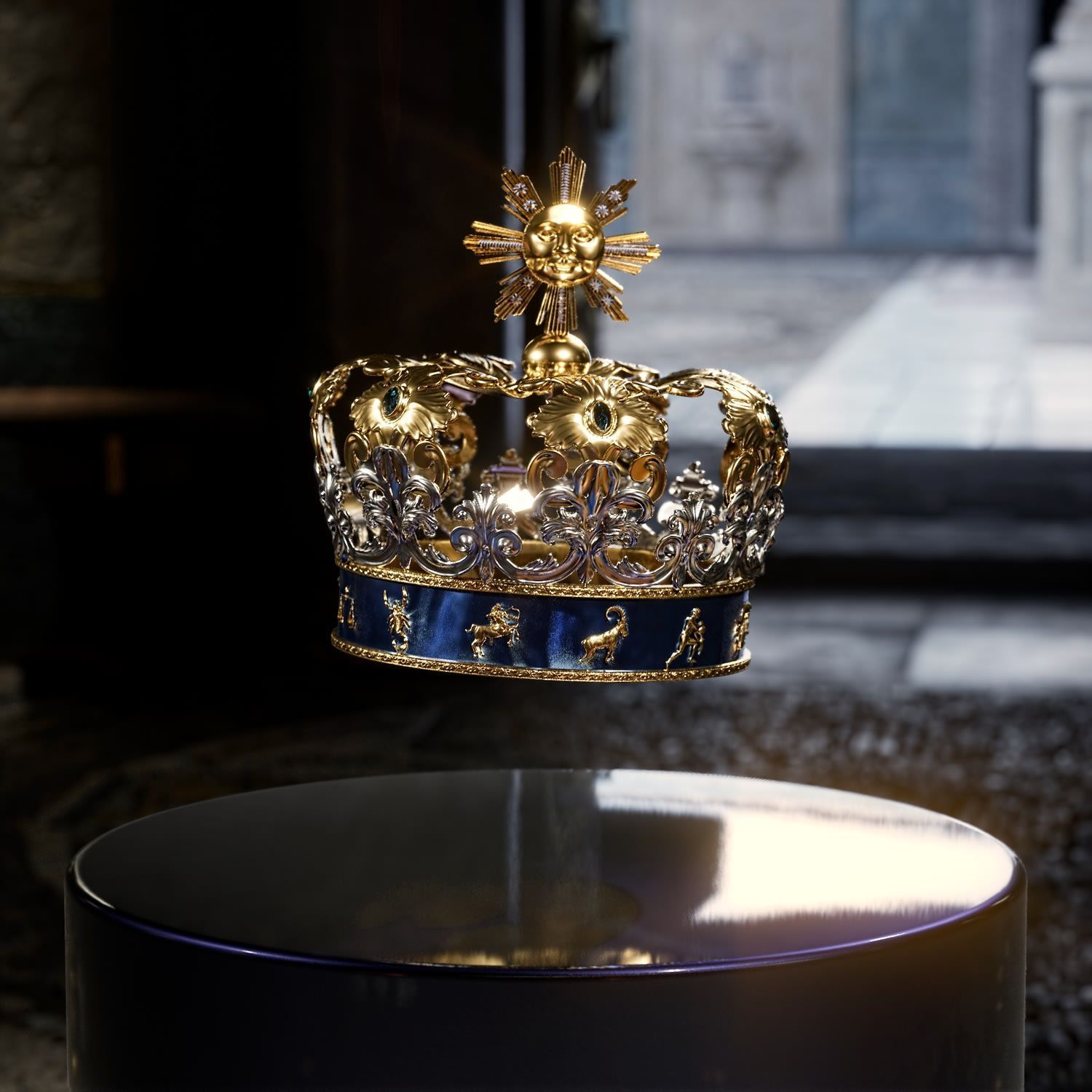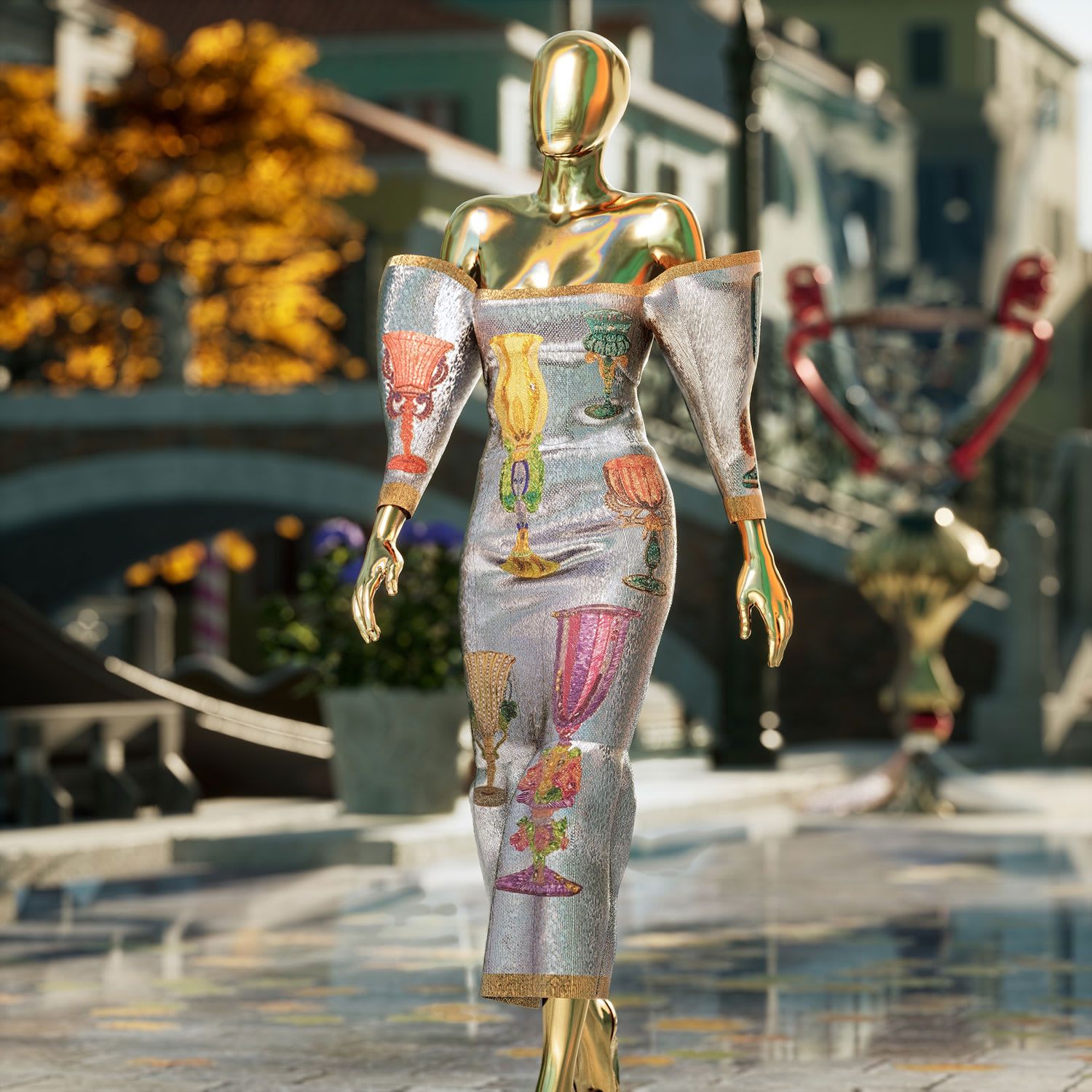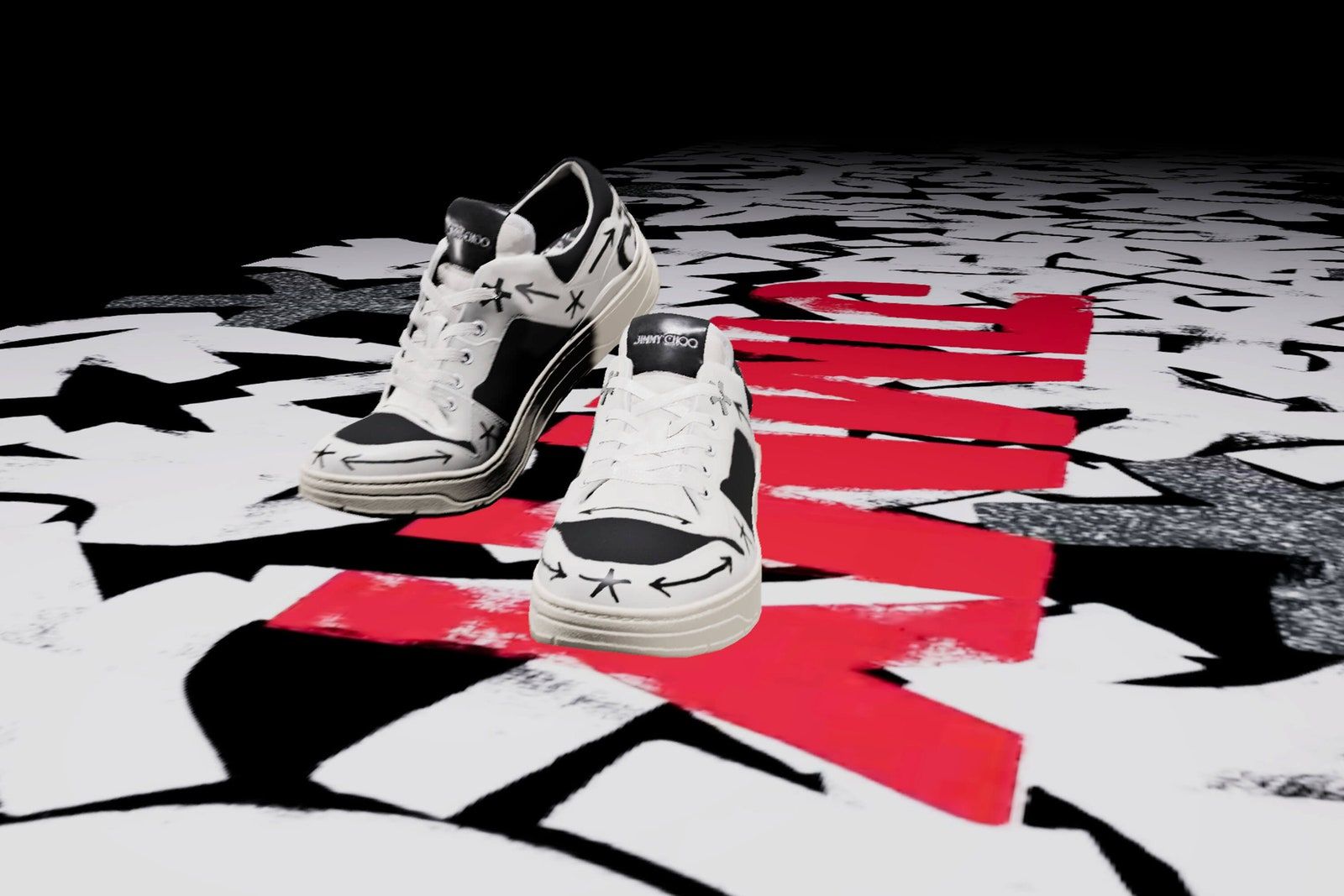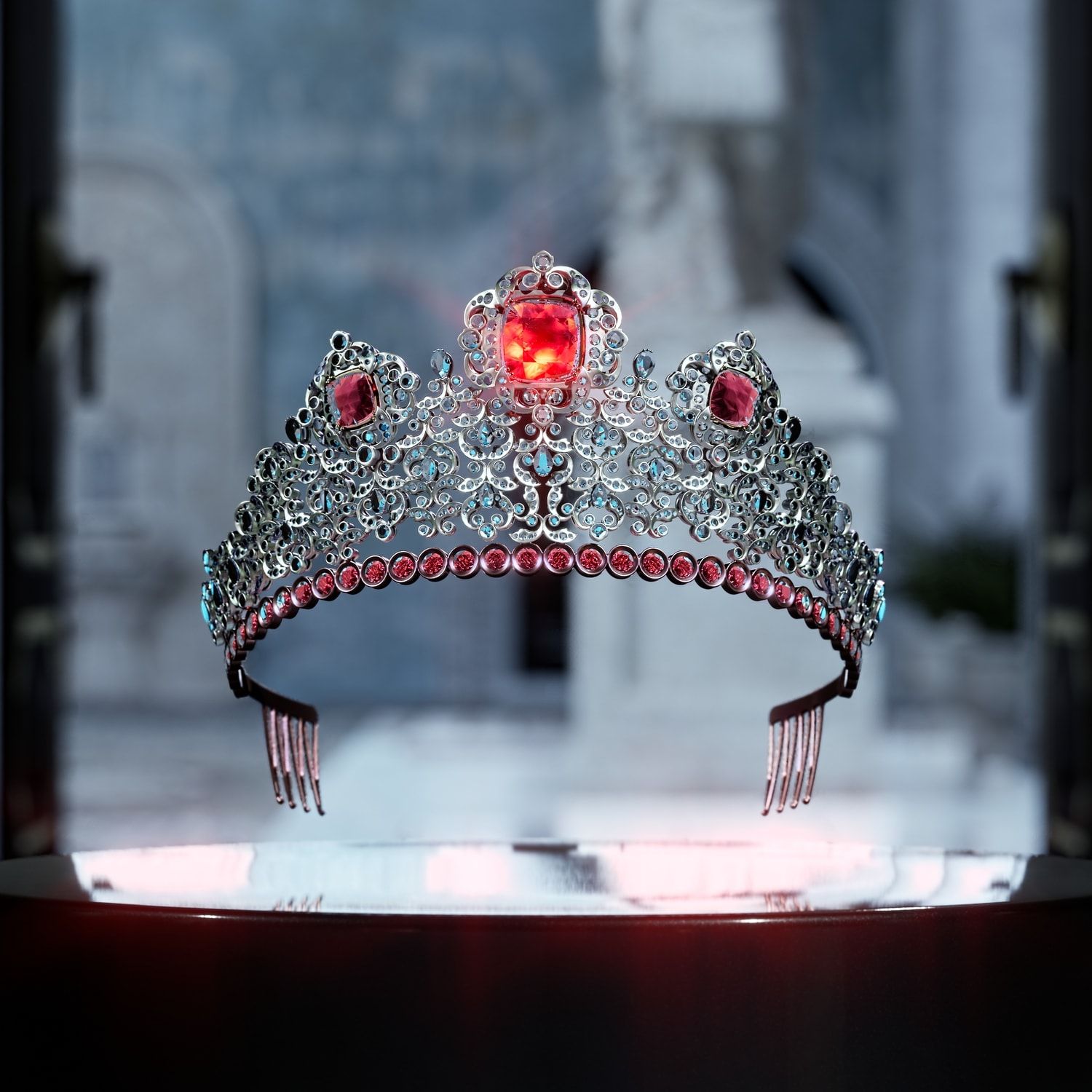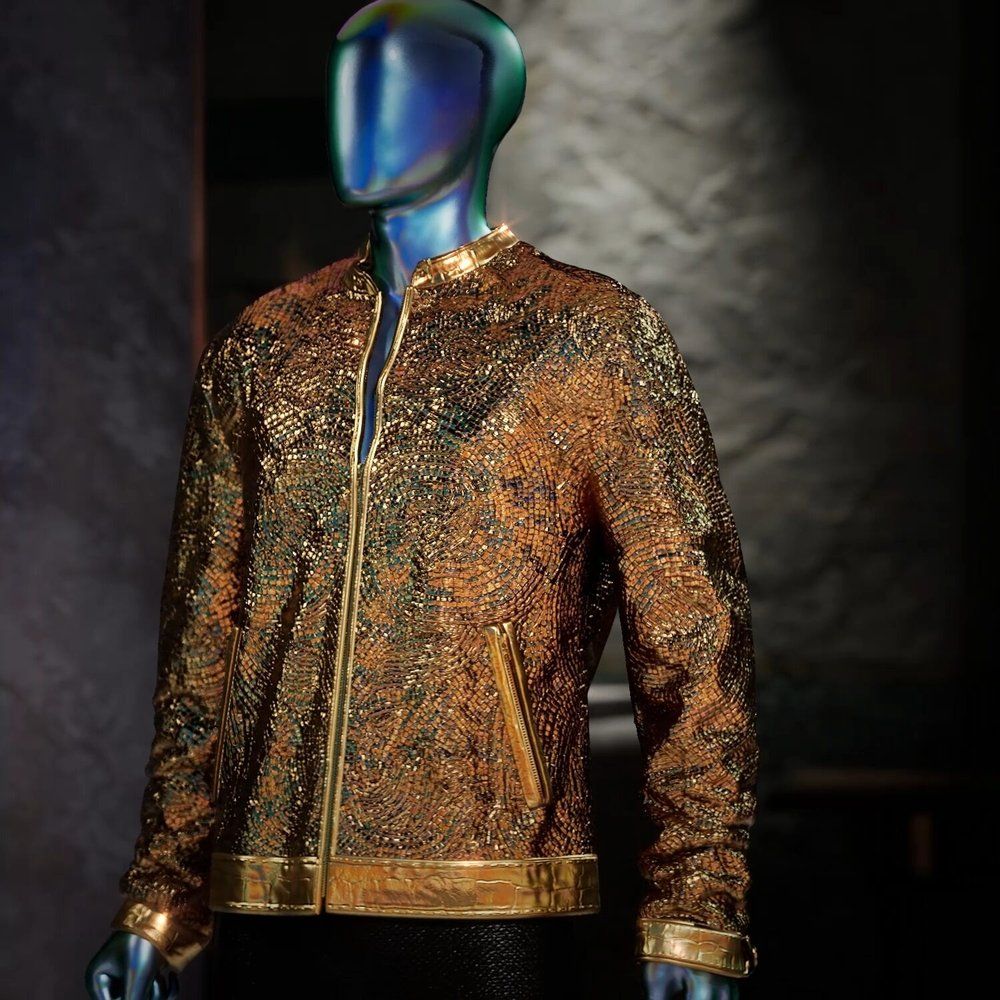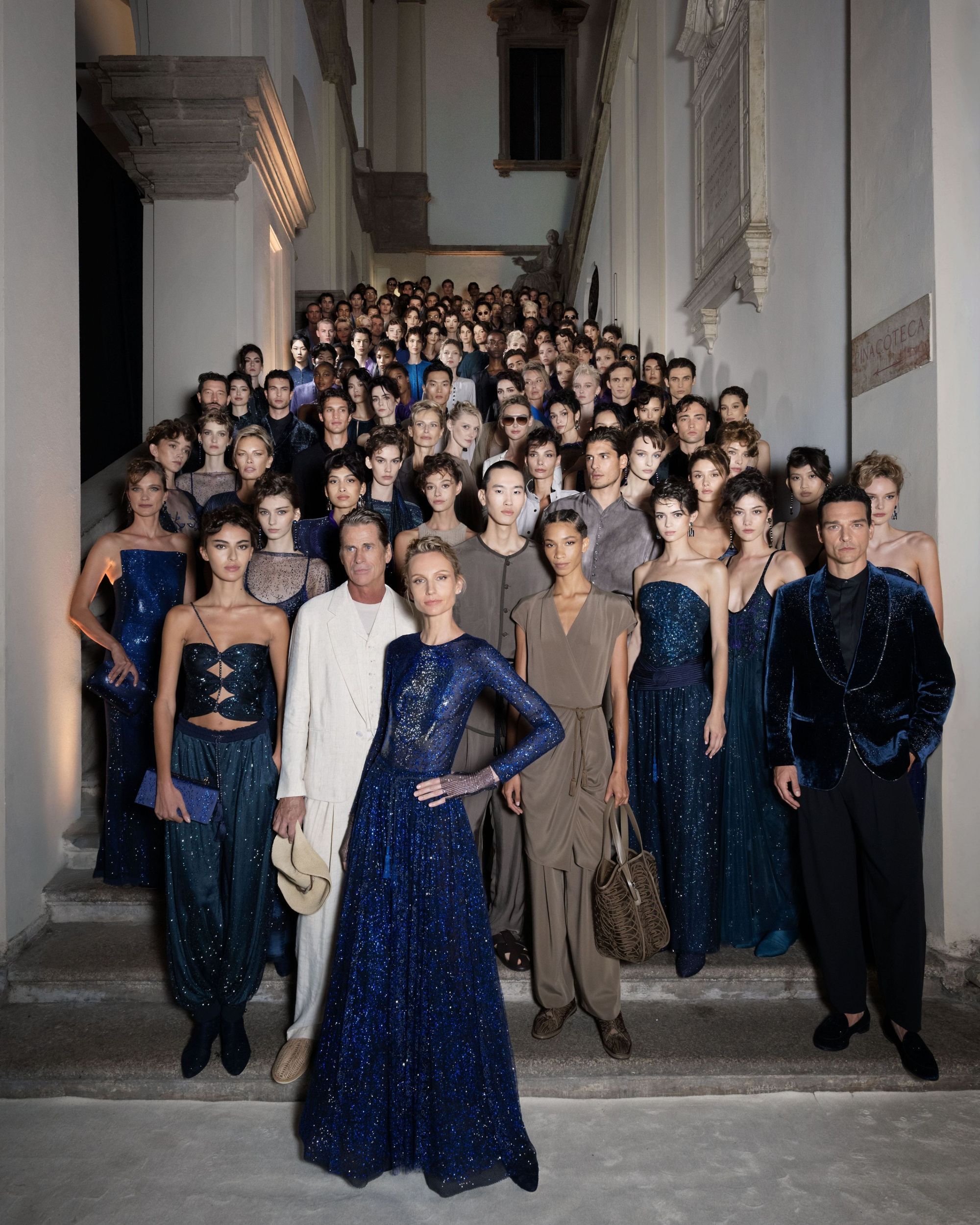
NFTs are marketing tools, not a products Monetize or build loyalty: two different strategies with different goals and horizons
NFT, a term that is heard almost everywhere, but to which few know how to attribute a precise meaning, first and foremost brands. Precisely those who should use digital tokens to colonize the virtual market of the Metaverse that will come, after Zuckenberg's presentation of the new Meta, feel more than ever the risk of becoming obsolete in the eyes of the generation of digital natives and use them in a hurry to get on the chariot of the winner, sometimes inappropriately. Dolce & Gabbana celebrated the sale of the nft Alta Gioielleria collection for about 5.6 million and a half dollars, or 1169.399 in Ethereum, using the tokens more as a monetization tool and imagining the Metaverse as a continuation without waste of real life, without stopping to think that NFTs as a speculative tool are indeed profitable, but volatile. At the same time, Clinique in an effort to "modernize loyalty", rather than selling NFT, decided to offer buyers who joined the rewards program the chance to win by sharing "stories of optimism" on social, free products for the next 10 years. along with an NFT artwork called Meta Optimist, a conceptual molecule that changes color.
Two different objective with different results: on the one hand D&G has aimed at monetization and the wow effect from the front page in the newspaper, on the other Clinique which instead focuses on the loyalty and retention of its consumers. If only the future will tell which is the best strategy, surely the first has a shorter horizon than the second, which instead looks to NFTs as instruments rather than single products, whose value evolution is difficult to predict.
However, Clinique is not the only brand to have adopted a similar strategy, Hugo Boss has introduced a Tiktok challenge where people can win five unique NFT Boss x Russell Athletic jackets, as well as a physical twin, which comes with a QR code that allows the person to wear it in AR, setting a record on social media for the brand, with 3.1 million consumer-generated #Bossmoves videos. According to Maghan Mcdowell in an article for Vogue Business, prize games are a meritocratic and effective way of involving consumers and making them feel involved and important without the need for them to always rummage around in their pockets, adding pieces to the universe of the brand.
The double drop of a collection, in both physical and digital form, is another effective means to maximize the impact of the release: Jimmy Choo for example created his first sneaker in NFT, which was auctioned on Binance last October 20th, and presented through the sale of multiple mystery boxes inspired by the collectible card model. Each box contained a randomly assigned NFT with different levels of rarity as well as one of the models from the physical collaborative collection. Similarly Steve Madden, a footwear brand that made advertising history in the late 90s and early 2000s with its posters of models with enormous heads disproportionate to the Bratz-inspired course, for the FW21 presented its campaign transforming those iconic advertisements into the Maddenverse, a set of virtual content, V-commerce and interactive AR features featuring digitized versions of influencers and singers. An example of how the heritage of a brand can be resumed, updated and rethought for a contemporary audience thanks to digital art. It is precisely in this context that the irreproducibility marking that characterizes each token reaches its maximum potential, solving the problem of infinite technological reproducibility and opening the collecting sector to a wider and more diversified audience (it is no coincidence that the Sotheby auction house has opened 'Metaverse', an NFT art trading platform).
The Cryptopunks and the Autoglyphs of Larva Labs, the digital products par excellence whose prices in etherium are mind-boggling, as well as the skins and assets for videogames signed by the big luxury brands, such as Balenciaga for Fortnight or Gucci for Tennis Clash, are the real trend of the digital age, but fashions aside, how much will the costumers of the Metaverse be willing to spend on virtual clothing? Does the fashion world really believe that Gen Z would spend incredible amounts of money on virtual sneakers to watch with viewers or instagram filters, regardless of the concreteness and collectability characteristics that have made fashion one of the main consumer sectors over the years? While we wonder about the direction that NFTs will take once the Metaverse is complete and Nike has registered the trademark for digital use, all that remains is to take NFTs for what they are: a great way, if not the best possible way to "modernize the fidelity” of the customers, deluding the buyer of being the protagonist of a tailor-made narrative for him and only then, finally, cash out.











































